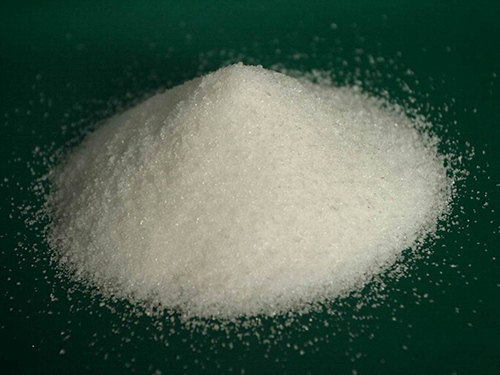flocculation in water purification
Flocculation in Water Purification
Water purification is a critical process that ensures access to clean and safe drinking water, essential for public health. One of the most effective methods used in this process is flocculation. This technique involves the aggregation of particles in water to form larger clusters called flocs. The flocculation process is vital for removing suspended solids, organic matter, and microorganisms from water, ensuring its cleanliness and safety.
What is Flocculation?
Flocculation refers to the process where fine particulates are agglomerated into a floc, which can then be more easily removed from the water. This is typically achieved through the addition of chemicals known as flocculants. These flocculants, which can be natural or synthetic polymers, help to destabilize the colloidal particles in the water. By neutralizing the electrostatic charges that keep these particles dispersed, flocculants promote the formation of larger aggregates that can settle more easily during subsequent processes.
The Flocculation Process
The flocculation process generally involves several key steps
1. Coagulation This is the initial stage where coagulants, such as aluminum sulfate or ferric chloride, are added to the water. These chemicals disrupt the stability of the colloids and cause them to clump together.
2. Flocculation After coagulation, the water undergoes gentle mixing, allowing for the formation of larger aggregates, or flocs. This step is critical as it significantly enhances the efficiency of particle removal compared to coagulation alone.
3. Sedimentation Once flocs are formed, the water is allowed to sit in a sedimentation tank where gravity causes the flocs to settle at the bottom, removing the majority of the suspended solids.
4. Filtration After sedimentation, the clarified water flows through filters that further remove any remaining impurities.
5. Disinfection Finally, disinfection is performed to eliminate pathogens, ensuring that the water is safe for consumption.
flocculation in water purification

Importance of Flocculation in Water Treatment
Flocculation plays a vital role in improving the quality of water. The benefits include
- Effective Removal of Contaminants Flocculation significantly enhances the removal of suspended solids, turbidity, and other contaminants in water, making it clearer and safer for drinking.
- Reduction of Chemicals Used By promoting efficient aggregation of particles, flocculation can reduce the amount of coagulant required, making the process more cost-effective.
- Minimization of Biological Growth By removing organic materials and sediments, flocculation helps to decrease the likelihood of microbial growth in the water supply.
- Improved Water Taste and Appearance Flocculation contributes to the clarity and overall aesthetic quality of water, leading to improved taste and odor.
Challenges and Considerations
While flocculation is a highly effective water purification method, it is not without challenges. The choice of flocculants is critical, as they must be environmentally friendly and effective under varying water quality conditions. Additionally, the control of mixing time and speed is essential; inadequate mixing can lead to poor floc formation, while excessive mixing might break the flocs apart.
Moreover, the disposal of sludge formed during sedimentation can pose environmental challenges. Proper management and disposal methods must be implemented to mitigate any negative impact on the surroundings.
Conclusion
In conclusion, flocculation is a cornerstone of modern water purification methods, embodying efficiency and effectiveness in enhancing water quality. By understanding and properly implementing the flocculation process, water treatment facilities can significantly improve the clarity, safety, and overall quality of drinking water. As we face increasing challenges related to water safety and availability, continued advancements in flocculation technology will be necessary to meet the needs of a growing global population. With careful attention to practices and methods, flocculation will remain an invaluable tool in ensuring water purity for future generations.
-
lk-319-special-scale-and-corrosion-inhibitor-for-steel-plants-advanced-solutions-for-industrial-water-systemsNewsAug.22,2025
-
flocculant-water-treatment-essential-chemical-solutions-for-purification-processesNewsAug.22,2025
-
isothiazolinones-versatile-microbial-control-agents-for-industrial-and-consumer-applicationsNewsAug.22,2025
-
scale-inhibitor-key-solutions-for-water-system-scale-preventionNewsAug.22,2025
-
organophosphonates-versatile-scale-inhibitors-for-industrial-water-systemsNewsAug.22,2025
-
scale-and-corrosion-inhibitor-essential-chemical-solutions-for-water-system-maintenanceNewsAug.22,2025





